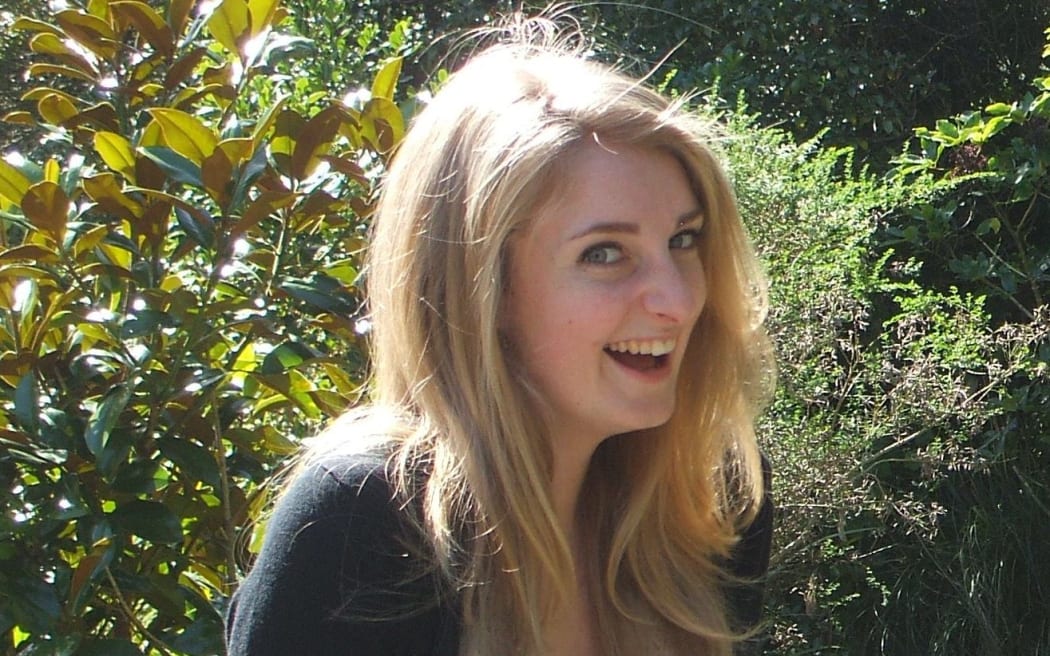Carterton balloon crash victim Alexis Still lived by the creed "be the voice for those that don't have one". Her father is now that voice for her, in the hope the tragedy will never be repeated.

Cartertoon balloon tragedy victim Alexis Still. Photo: Supplied
Alexis and 10 others died on 7 January 2012 and Coroner Peter Ryan today released his findings on their deaths; they would all likely have lived had cannabis-using pilot Lance Hopping opted to rapidly deflate the balloon when it hit power lines, instead of trying to out-climb them.
Mr Ryan said that decision was possibly due to his long-term, chronic cannabis use; he had used cannabis at least weekly for 15 years, and it was found in his blood.
Alan Still said it had taken three years to get to this point, and that some families had been reluctant when initially offered an inquest, wanting instead to have a chance to move on.
"They changed their minds and they were courageous in doing that, I believe, and had to face up to the fact that we had to go through this process which has taken an extra 18 months," he said.
"I actually think that the quality of the report is such that it was worth waiting the three years, despite the fact that it's been very, very hard on families."
Mr Still, wife Vivienne and Alexis' siblings, Emma, 27, and Ben, 25, had faced a number of challenges in the three years since the tragedy but that they simply had to get on and make the best of it, he said.
"I think I would never have believed that I could come through something like this, and I don't think any of our family members would ever believe they could survive this sort of thing but you do.
"You find the courage from somewhere just to pick yourself up and keep going. We've just had to get on. We've got two other children and they mean more to us every day, really, because of what happened."
The day after her daughter's death, Mrs Still described her as a "dream daughter" and said it gave her comfort to know she had died with boyfriend Chrisjan Jordaan; the couple leapt from the burning balloon basket but their injuries from the about 10 metre fall were too great to survive.
Speculation swirled around the identities of who had jumped from the balloon in the days after. Mr Still today said they were not told for three days it was Alexis and Chrisjan, and that their bodies were intact; Mr Ryan said in his report Disaster Victim Identification protocols were implemented due to the number of victims involved and the trauma they suffered.
But he also said including Alexis and Chrisjan in the process was not strictly necessary as their families could have visually identified them and their bodies could, therefore, have been returned to them sooner.
"It was close to a week before we actually saw her, and that was very hard," Mr Still said, his voice breaking with emotion.
"A lot of people were put in a difficult position, including the police. They knew information and they couldn't tell us, and that's difficult for them.
"From our perspective, we would have just liked the opportunity to go and say our goodbyes."
Alexis had studied nursing and journalism and planned to nurse in Third Wold counties, writing about her experiences.
She had already been on a mission to Africa, was saving to visit orphanages in Cambodia and Vietnam and lived by a Bible psalm: "Be the voice for those that don't have one."
"I'm definitely the voice for Alexis," Mr Still said today.
"I like to think that what we're doing can in some way prevent it happening again in the future for other families."
Mr Still blamed both Mr Hopping and the Civil Aviation Authority for the tragedy, the latter because it took seven years for a rule which essentially meant adventure aviation operators had to drug test their pilots; it finally came into force for balloon pilots in May 2012.
He welcomed Mr Ryan's recommendation that the rule be strengthened to include random drug testing, and another that balloon passengers should be instructed to look out for wires or poles and alert the pilot to them, and that a second crew member specifically train in the "rip-out" system should be on board flights.
"I think about the 10 passengers and the fact that (11) people lost their lives, and no one can say with any certainty if he had deflated the balloon after he hit the wires whether everybody would have survived," he said.
"But I can say with a fair degree of, I guess, probability, that most of them would of. I think that's really the issue. They could have been given the chance."





